Our Story Is Your Story
Research and Innovation at Stony Brook University
Stony Brook University is a sprawling research and workforce development engine that drives Long Island. As a flagship university for New York, its research and innovation enterprise is a vital catalyst for the region's economy, health, and culture. Beyond its role as the largest single-site employer on Long Island, the university's research and innovation activities generate significant economic activity through grants, contracts, inventions, and the creation of spin-off companies. The discoveries made at Stony Brook, fueled by the ingenuity of its researchers, provides new ideas and achieves meaningful solutions to real-world challenges that are intrinsically linked to your well-being and our shared future. At Stony Brook, we dare to discover.
Our Dual Mission in Research and Innovation
The Office for Research and Innovation encompasses two distinct yet interconnected functions. The first is the advancement of research, discovery, and scholarship, which is the fundamental process of generating new knowledge and deeper understanding across many disciplines. The second crucial function is innovation, which focuses on strategically applying these discoveries, along with existing knowledge, to develop effective solutions for real-world problems and to explore pathways for their introduction into the market and broader society.
A Foundation of Integrity, Rigor, and Pioneering Discoveries
At the heart of all our endeavors lies an unwavering commitment to truth and integrity in every aspect of our research. We believe that progress must be built on a foundation of rigorous and fundamental scientific inquiry, ethical practices, and transparency in our pursuit of knowledge. Stony Brook proudly offers a robust and supportive framework designed to empower our talented researchers to reach the highest levels of success, make meaningful contributions to global scientific understanding, and drive innovation. Our commitment to upholding basic research principles and practices has set us on a pathway to improve humanity for generations to come.
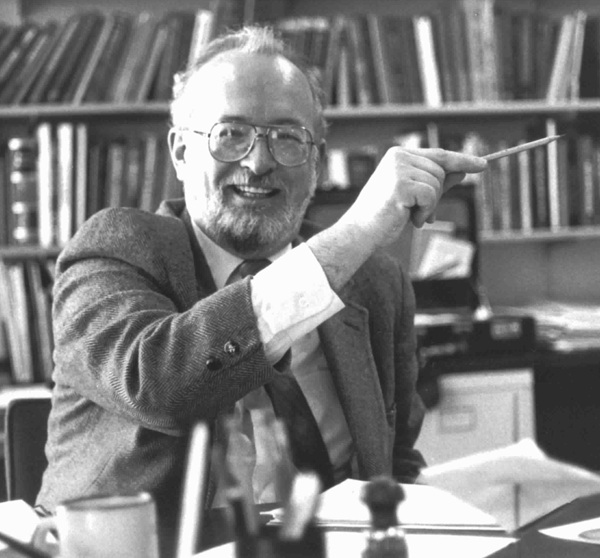 Paul Lauterbur, PhD
|
The earliest sparks of Stony Brook's research prominence were ignited in biomedical science. The groundbreaking research of Paul Lauterbur, partly conducted within the university's labs, led to the development of Magnetic Resonance Imaging (MRI). This revolutionary technology, recognized with the 2003 Nobel Prize, transformed medical diagnostics worldwide and stimulated innovation and economic growth in the medical device and healthcare sectors, benefiting Long Island's economy through specialized jobs and industry advancements.
 Barry Coller, MD
|
In the early 1970s, Dr. Barry Coller, at Stony Brook's School of Medicine, tackled the critical challenge of understanding and preventing blood clots. His research culminated in a life-saving diagnostic test for platelet function, a pivotal step in treating thrombotic diseases. This foundational work paved the way for medicines that significantly improved outcomes for heart attack patients undergoing angioplasty. This translational innovation has saved lives globally and contributed to the pharmaceutical and biotechnology industries, which established a strong presence on Long Island, drawn by the university's research prowess and reputation.
|
Esther Takeuchi, PhD
|
The legacy of these pioneers continues to inspire and shape the research environment
at Stony Brook.
Dr. Esther Takeuchi, a leading figure in energy storage, exemplifies this ongoing commitment to impactful
discovery. Her groundbreaking research on compact, long-lasting batteries was crucial
for the development of implantable cardiac defibrillators, devices that have saved
countless lives worldwide. Holding over 150 patents, Dr. Takeuchi's innovations have
earned national recognition and solidified Stony Brook's reputation as a center for
materials science and energy research, attracting talent and investment that benefits
our region.
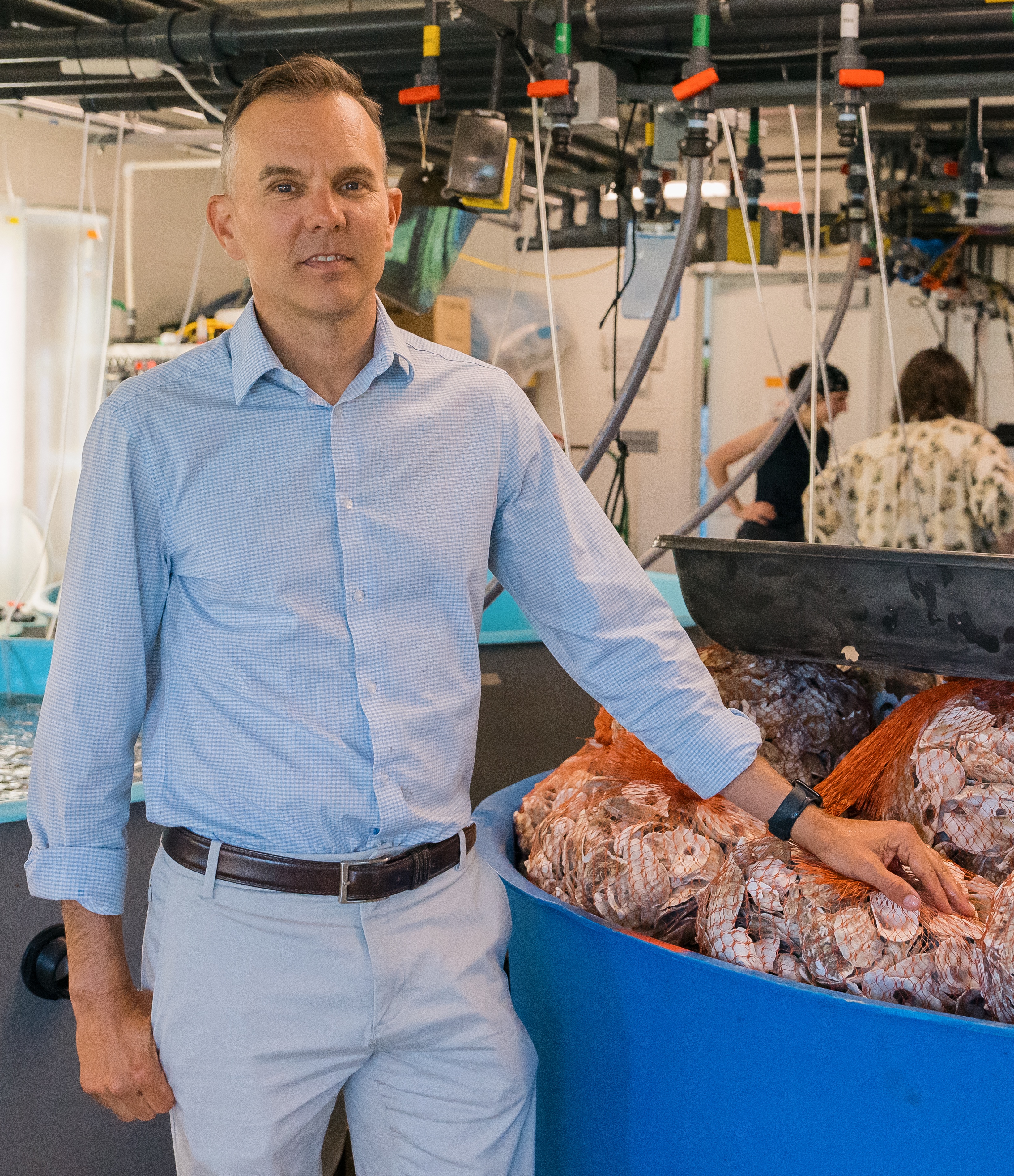 Christopher Gobler, PhD
|
Professor Christopher Gobler at Stony Brook's School of Marine and Atmospheric Sciences has dedicated significant research to understanding and addressing the water quality challenges facing Long Island. His research shows how too much nitrogen in our waters, from things like leaky septic systems and fertilizers, leads to harmful algal blooms. These blooms can create dead zones in the water, areas with too little oxygen for fish and other marine life to survive, hurting local fisheries and the overall health of our bays and shores. His lab is actively involved in finding innovative solutions, including the use of natural methods like seaweed and shellfish to remove nitrogen and combat ocean acidification. This work directly benefits the people of Long Island by aiming to restore and protect the health of their bays and waterways, safeguarding fisheries, recreational activities, and the overall coastal environment that is so central to the region's identity and well-being.
Driving Innovation for a Better Future
Your future is also being shaped by the innovative culture and spirit at Stony Brook. Recognizing the crucial role of innovation in driving economic growth and societal progress, the Office for Research and Innovation actively facilitates a culture of entrepreneurship and supports the translation of its research discoveries into tangible solutions. Our office plays a vital role in identifying promising research with market applications, protecting intellectual property through patents, and coordinating licensing agreements with existing companies or the creation of startup ventures. Numerous companies have originated from Stony Brook research, often in high-growth sectors like biotechnology and advanced materials. These ventures frequently choose to locate on Long Island, drawn by the proximity to the university's research expertise, talent pool, and infrastructure, thereby enriching the local economy and creating high-value jobs.
The Office for Research and Innovation actively cultivates partnerships with industry through sponsored research agreements and joint development projects, ensuring that research is relevant to real-world needs and has a higher likelihood of commercialization and impact on the Long Island economy. The university's investment in innovation infrastructure, including incubators and accelerators, provides nascent companies with the resources, mentorship, and networking opportunities they need to grow and succeed, fostering a vibrant startup ecosystem on Long Island. Our emphasis on interdisciplinary research also fuels innovation by fostering the cross-pollination of ideas and the development of novel solutions.
The health of our environment, the beauty of our coastline are integral to life on Long Island and beyond. Understanding this, researchers at Stony Brook address critical issues facing Long Island and the world. The university's robust environmental research initiatives, for instance, tackle the unique challenges of the region's coastal ecosystems. Marine scientists, such as Dr. Carl Safina, whose influential work on ocean conservation has shaped policy and public understanding, conduct research that directly informs local and regional conservation efforts, vital for Long Island's economy and environment.
Research at Stony Brook is also at the forefront of quantum information science, exploring the potential of quantum computing and communication to revolutionize fields ranging from medicine to materials science and steering a future of internet efficiency and security. This cutting-edge research, often conducted in collaboration with Brookhaven National Laboratory, positions Long Island as a potential hub for the emerging quantum technology industry.
The Power of Collaboration
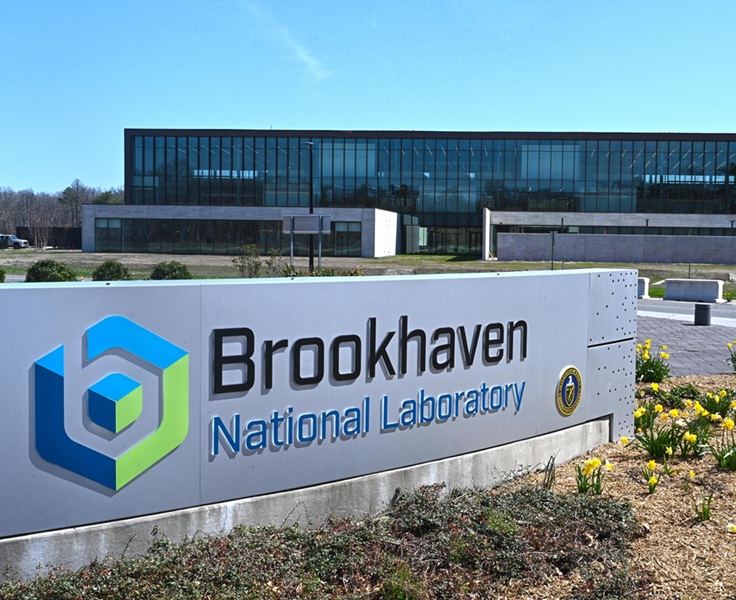 Brookhaven National Lab
|
The university's close affiliation with Brookhaven National Laboratory (BNL) significantly amplifies its research capabilities and economic impact on Long Island. This strategic partnership provides Stony Brook faculty and students with access to world-class facilities and fosters collaborative research in diverse fields, from energy and materials science to environmental research. The presence of BNL, a major federal research institution, is a substantial economic asset for Long Island, attracting significant funding and high-tech employment opportunities, often in collaboration with Stony Brook researchers. This partnership ensures a rich environment for scientific collaboration, joint research initiatives, and shared appointments, and it positions Long Island at the forefront of national and global scientific advancement, fostering technology innovation that benefits the region and beyond.
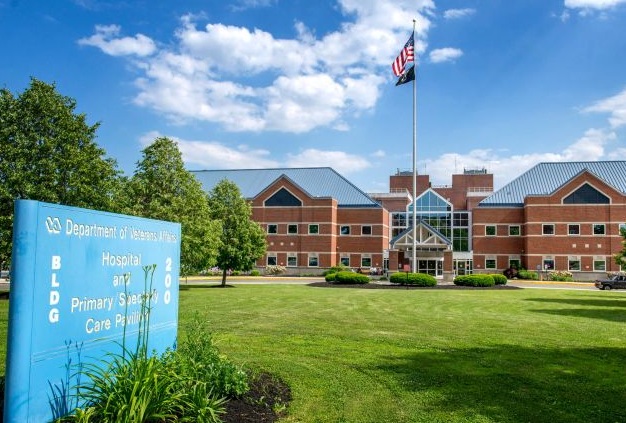 Northport Veterans Administration Medical Center
|
Stony Brook University also maintains a crucial affiliation with the Northport Veterans Administration Medical Center (VAMC). This collaboration provides an invaluable training ground for Stony Brook's Adult Neurology Residency program, exposing residents to a diverse array of neurological conditions in both ambulatory and inpatient consultative settings. The VAMC offers extensive experience in outpatient neurology, a growing area of medical practice, serving a wide range of veterans, from older patients with conditions like dementia and Parkinson's to younger veterans seeking care for chronic pain and headaches. This partnership not only enriches the educational experience for future neurologists but also underscores Stony Brook's commitment to serving the healthcare needs of Long Island's veteran community, integrating advanced medical training with compassionate patient care.
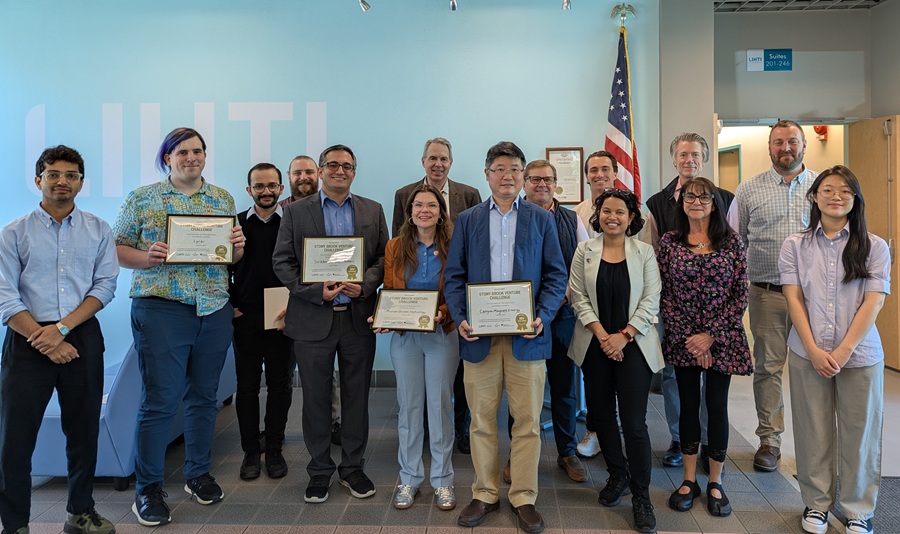 SBV 2025 Winners with LIHTI Team
|
Adding to Stony Brook's collaborative ecosystem is its deep connection with the Long Island High Technology Incubator (LIHTI). As a non-profit organization, LIHTI is instrumental in nurturing early-stage, high-tech businesses by providing essential resources and services, many of which are facilitated through the university's Office for Research and Innovation. Since its inception in 1992, LIHTI has been a powerful catalyst for growth, helping dozens of biotechnology and other technology-based companies successfully launch and expand, creating hundreds of jobs and bolstering Long Island's economy. This strategic location on the Stony Brook University campus is pivotal, enabling seamless technology transfer and the commercialization of cutting-edge ideas from the university's research labs to the private sector. Furthermore, as part of the Start-Up NY program, LIHTI, alongside other university facilities, transforms into a tax-free zone, attracting new businesses and fostering a vibrant entrepreneurial landscape that significantly contributes to New York State's economic development.
The Enduring Impact of Stony Brook Research and Innovation
The impact of Stony Brook's research and innovation efforts extends far beyond economic metrics. The development of new medical technologies improves healthcare outcomes for Long Island residents and beyond. Advances in clean energy research contribute to a more sustainable future for the region. Moreover, research spanning public health, social welfare, and education directly addresses the needs of Long Island's communities, informing local policy and enhancing the quality of life for its residents. Our technological research, encompassing areas from quantum computing to artificial intelligence and advanced materials, is driving innovation and creating new possibilities for industries and applications that will shape the future of Long Island and beyond. And there's so much more to discover.
Stony Brook is so much more than a university. It is a vital research engine and a powerful driver of innovation on Long Island. Its historical discoveries, the groundbreaking work of its past and present faculty and students, its ongoing research endeavors, and its unwavering commitment to translating knowledge into tangible impact have profoundly shaped the region's economy and society. From revolutionizing medical imaging and developing life-saving drugs to fostering a thriving innovation ecosystem and addressing critical environmental and technological and social challenges, Stony Brook's research enterprise is deeply interwoven with the fabric of Long Island, contributing significantly to its vitality and its future. As Stony Brook continues to push the boundaries of knowledge and foster a spirit of innovation, its impact on Long Island and the world will only continue to grow, solidifying its role as a cornerstone of discovery and progress.
